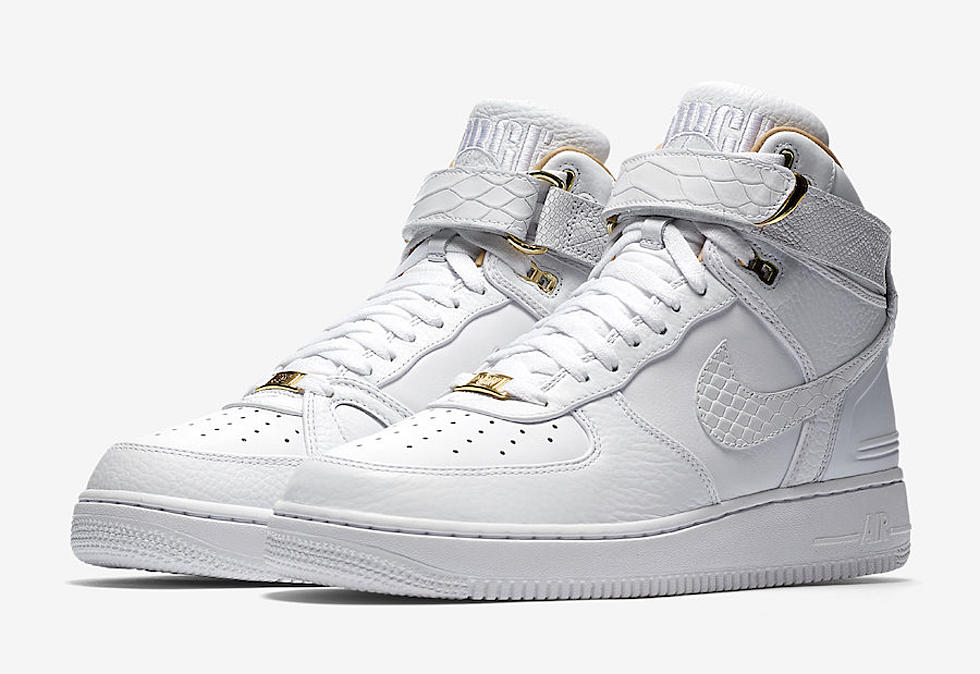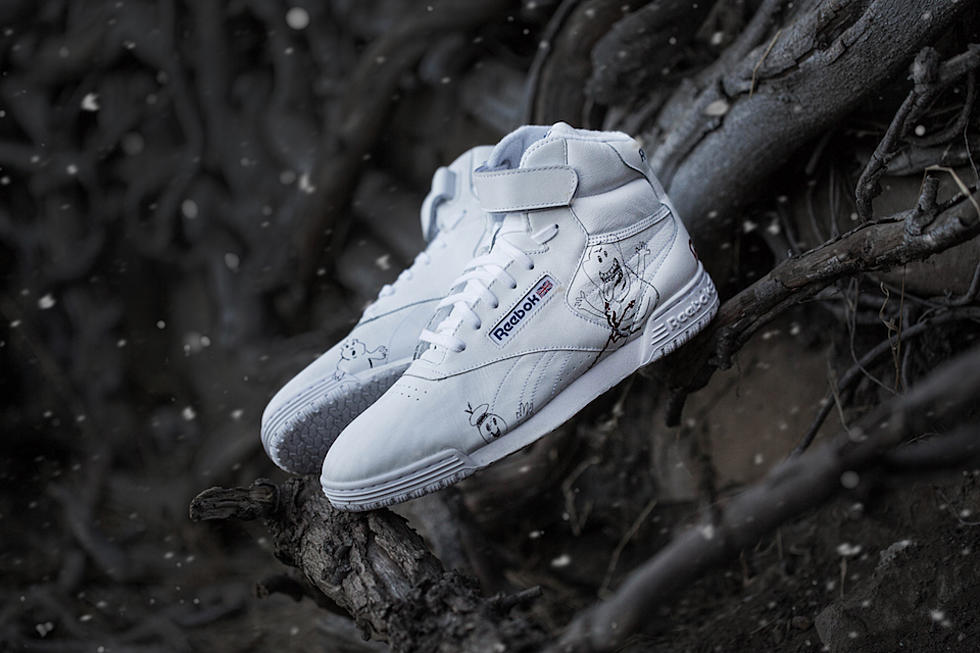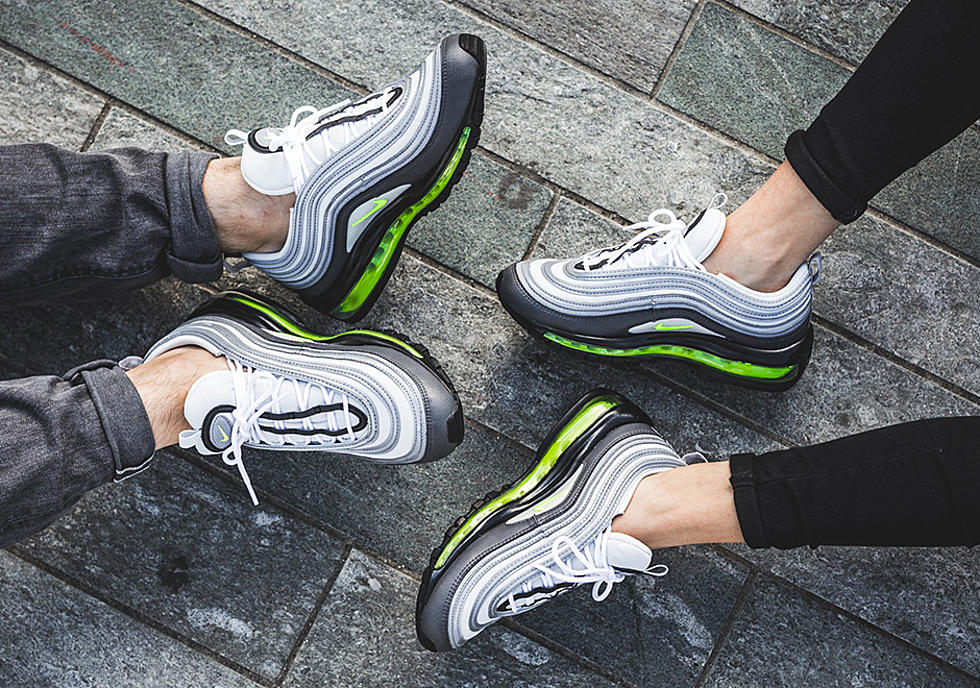
Immortal Brew: Kombucha’s Second Act
It's been called the “elixir of life,” the “tea of immortality” and the “miracle fungus”: kombucha, a fermented drink purported to cure ills ranging from indigestion to cancer. But standing shoulder-to-shoulder with 10 others at a kombucha brewing class in Brooklyn, a row of highball glasses lined before us, I feel a pang of apprehension. Each glass is accompanied by a brew kit: a jar filled with tea bags, sugar and a vial of flesh-colored bacteria. “I am the Kombuchman,” announces our instructor — the name is etched into a leather cuff around his wrist—as he twists the top off the first bottle and pours a generous glug of liquid into each glass. It’s a murky shade of brown, with thin veins of yeast sediment streaking through it. I give the liquid a tentative swirl and down it in one gulp. It has a sour, carbonated tang, chased with a whiff of vinegar. The Kombuchman sips his serving as though sampling a complex wine, sucking in his cheeks. “Wow. That’s a great bottle — a seriously great bottle,” he says.
The Kombuchman is Eric Childs, the 24-year-old founder of Kombucha Brooklyn (KBBK), a one-year-old kombucha brewery in New York City. He has been teaching this monthly class for the past six months at Brooklyn Kitchen Labs, a kitchen supply shop and cooking center, preaching the onslaught of the “kombucha revolution” to everyone from Swiss tourists to Williamsburg hipsters. Childs projects a nervous, animated energy, with pale skin, thin-framed glasses, and a shock of white-blond hair slicked into a short ponytail. He’s been working nights at Wined Up, a Manhattan wine bar, for three years, and he applies the same lingo to kombucha. Each bottle is evaluated on the delicate balance between acidity, tannins and sweetness; the perfect brew has a “dry, floral quality,” he says.
Childs led an unorthodox adolescence, shuttling around India, South Korea, Jerusalem and Portugal with his parents, both U.S. diplomats. It was during his early travels that he became acquainted with the world’s popular fermented foods, from sauerkraut throughout Europe to kimchi and tempeh in Asia. His introduction to kombucha followed, four years ago, while working at a New York gallery. He had stoked a dependency on coffee and Pepto-Bismol to ward off chronic heartburn, and the drink’s funky, bubbly consistency hooked him immediately. He supplanted his coffee habit with two bottles of ‘buch’ a day; after a couple of weeks, the heartburn faded. His coworkers coined the nickname Kombuchman, a persona he embraced in earnest. “I’m like the Tony the Tiger of kombucha,” he says.
At up to $5 a bottle, the so-called godly tea doesn’t come cheap. The brew itself was a fairly straightforward undertaking, Childs discovered: a measured cocktail of tea, sugar, yeast, and growing bacteria. Riding the subway home from the bar one night, he noticed three people drinking Kombucha GT, the California-based supplier that dominates 95 percent of the market. He had an epiphany: Why was everyone in New York drinking West Coast ‘buch’?
It took five months to perfect the formula, which he produced in 22 one-gallon jars beneath the stairwell in his house. “It was terrifying,” he remembers, “these cloudy jars with gelatinous globs on top.” Kombucha Brooklyn officially launched last March, manufactured from a modest commercial kitchen facility. KBBK is now sold at 10 stores in Brooklyn and is on tap at beer mecca Brouwerij Lane. Recently Childs spearheaded a growing Kombucharator program — kombucha kegs — that he installed at gourmet grocer Urban Rustic and at Brooklyn Kitchen. “We want kegs in every bar, every restaurant, every store in New York,” he says. He’s toying with the recipe for a Kombuchatini. “We’re presenting kombucha like they’ve never had it before, giving it that hip New York flair.”
After a series of fruit-flavored samples on Frost Street, the kombucha buzz kicks in, which Childs likens to a controlled Red Bull high. We pass around a disk of bacteria from the latest jar—called the kombucha pancake—that has the appearance and springy consistency of an implant. As a kombucha novice, it takes considerable resolve to remind myself that this is “good bacteria,” even while the rest of my classmates enthusiastically rub the viscous liquid oozing from it into their hands.
It makes an excellent moisturizer, Childs suggests. He advocates using the fleshy leftover fungus for everything from hair conditioner to a tasty breakfast spread. Whether Brooklynites will take the leap from a healthy home brew to a full-blown “fermented lifestyle” is yet to be seen. But after 90 minutes throwing back shots with this group of self-professed devotees, it’s not hard to get caught up in the hype. Another cap is popped, glasses clink, and the Kombuchman pours yet another round.
(This article originally appeared in the Summer 2010 issue of ANTENNA.)
More From Antenna Mag









